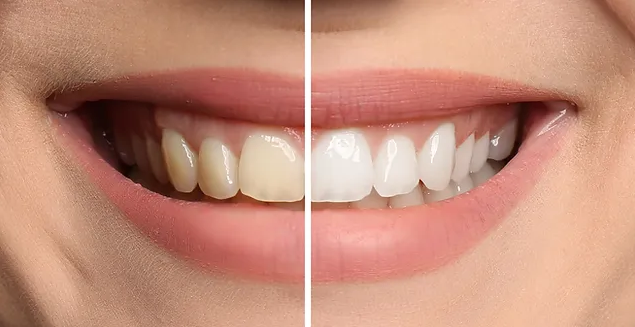In recent years, the field of healthcare has witnessed a revolutionary transformation driven by advancements in technology. One notable evolution is the rise of teledentistry, a branch of telehealth that focuses on providing dental care remotely through virtual consultations. This innovative approach has reshaped the traditional landscape of dentistry, offering patients greater convenience and accessibility while opening up new possibilities for practitioners. In this blog post, we will explore the key aspects of teledentistry and how virtual consultations are changing the face of dental care.
Understanding Teledentistry:
Teledentistry is a broad term encompassing the use of technology to deliver dental care, consultation, education, and information remotely. This can include video calls, mobile apps, and other online platforms that connect patients with dental professionals without the need for in-person visits. The concept of teledentistry has gained significant traction in recent years, especially in light of the COVID-19 pandemic, which underscored the importance of remote healthcare solutions.
Benefits of Teledentistry for Patients:
- Convenience and Accessibility: Teledentistry eliminates the need for patients to travel to a dental clinic physically. This is particularly advantageous for individuals in remote or underserved areas who may face challenges in accessing traditional dental care. Additionally, it caters to the convenience of busy individuals who find it difficult to take time off for routine dental appointments.
- Cost-effective: Virtual consultations can be more cost-effective for patients. They save on transportation costs, parking fees, and other expenses associated with in-person visits. Teledentistry also provides an opportunity for individuals without dental insurance to seek professional advice without the burden of high out-of-pocket costs.
- Time Efficiency: Virtual consultations reduce the time commitment required for dental visits. Patients can connect with their dentists from the comfort of their homes or workplaces, minimizing disruptions to their daily schedules. This is particularly beneficial for routine check-ups or follow-up appointments where a physical examination may not be necessary.
Benefits of Teledentistry for Dental Professionals:
- Expanded Reach: Teledentistry enables dental practitioners to extend their reach beyond the confines of their physical clinics. They can provide consultations to a wider patient base, including those in remote or rural areas, ultimately contributing to improved oral health on a broader scale.
- Improved Appointment Management: Virtual consultations allow for more efficient appointment scheduling and management. Dentists can conduct quick follow-ups, monitor treatment progress, and provide timely advice without the need for patients to physically come to the clinic, reducing no-show rates and optimizing their schedules.
- Enhanced Communication: The virtual nature of teledentistry fosters better communication between dental professionals and their patients. Through video calls, dentists can visually explain treatment plans, answer questions, and provide education, enhancing overall patient engagement and understanding.

Challenges and Considerations:
While teledentistry presents numerous advantages, it is essential to address the challenges associated with this evolving approach to dental care. Some key considerations include:
- Limitations in Physical Examination: Certain dental procedures require a hands-on approach for accurate diagnosis and treatment. Teledentistry may not be suitable for cases that necessitate a detailed physical examination or intervention.
- Technological Barriers: Access to technology, including smartphones, computers, and a reliable internet connection, is crucial for the success of teledentistry. Overcoming technological barriers, especially in underserved communities, remains a challenge.
- Security and Privacy Concerns: Protecting patient data and ensuring the privacy and security of virtual consultations are paramount. Implementing robust cybersecurity measures and adhering to regulations are essential for the ethical practice of teledentistry.
Conclusion:
Teledentistry represents a transformative force in the realm of dental care, offering a myriad of benefits for both patients and dental professionals. The convenience, accessibility, and cost-effectiveness of virtual consultations make oral healthcare more attainable for a diverse range of individuals. As technology continues to advance, teledentistry is poised to play an increasingly significant role in the future of dentistry, shaping a landscape where quality oral healthcare is not bound by geographical constraints.
As we navigate the changing dynamics of healthcare, embracing the potential of teledentistry opens doors to a more inclusive and patient-centric approach, ultimately contributing to improved oral health outcomes for communities worldwide. Whether in the midst of a global pandemic or in times of relative normalcy, the rise of teledentistry signifies a positive shift towards a more accessible, efficient, and patient-friendly dental care experience.




